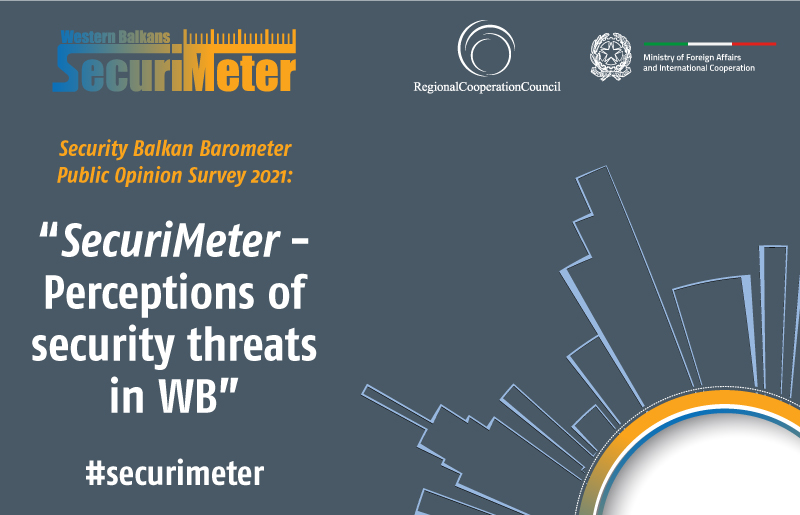- Home/
- Document details
From Daesh to ‘Diaspora’: Tracing the Women and Minors of Islamic State (2018)
| Type | Study / research article |
|---|---|
| Date published | 07.08.2018 |
| Author | Dr Joana Cook and Gina Vale, ICSR |
| Description |
The self-proclaimed Islamic State (IS) has been described as a hybrid terrorist organisation and conventional army, a religious, millenarian group, an insurgency, and a pseudo-state, amongst others. It produced and disseminated propaganda at an unprecedented rate, and reached a wider global audience than any past terrorist organisation in history. As it increasingly seized territory and resources, at its peak in late 2014 it was believed the group controlled over 100,000 km of land and the 11 million residents therein. IS and those inspired by the group have thus far carried out over 4,300 attacks across at least 29 countries, demonstrating the group remains a significant and shared global concern This report also establishes a strong base by which to encourage more gender- and minor-conscious analysis in all efforts to understand and counter IS and its underlying ideology. From the present government responses to dealing with returnees and the punitive, rehabilitation, reintegration, de-radicalisation and other considerations inherent in these, to the forward looking counter-radicalisation and more indirect efforts such as countering violent extremism (CVE), stabilisation, or human security considerations, there has never been a more pertinent time to recognise and integrate gender and minor considerations into all streams of effort to counter IS and prevent its re-emergence in the future. The body of this report is divided into four chapters. Chapter 2 presents our methodology, and definitions. Most importantly it includes the full dataset for 80 nations of those who have travelled to Iraq and Syria and became affiliated with IS, and those who have now returned. Women and minors are highlighted distinctly in these, and the 80 countries are divided into nine regions. Chapter 3 analyses these figures for women and minors who travelled to Iraq and Syria, and considers their diverse motivations and roles within IS. It also highlights those that were prevented from travel, noting these as a distinct group which also requires attention. Chapter 3 also includes brief analysis of those that travelled to other conflict zones: Libya, Afghanistan and the Philippines. Chapter 4 focuses on the status of men, women and minors after the fall of the ‘caliphate’ in late 2017. Analysed extensively for the first time, it highlights a number of key factors we label as ‘the unknowns’ – the factors that prove particularly problematic for accounting for foreign men, women and minors in IS today. These include a discussion of problems in accounting for the battlefield deaths of IS affiliates by the Global Coalition Against Daesh killed in Syria and Iraq; those executed by IS from within their own ranks; detained by regional authorities; involved in detainee exchanges; repatriated to their home nations; in third-party countries; or those whose status is simply unknown. These unknowns provide a backdrop for subsequently tracing From Daesh to ‘Diaspora’: Tracing the Women and Minors of Islamic State women and minors in IS now as returnees; as those who remain in theatre; those who are detained; and those whose status is simply unknown. Finally, it considers both women and minors as potential security threats going forward. The concluding chapter focuses on implications for policy and practice and reiterates the importance of considering women and minors in all research, data and responses related to terror and extremist groups. It also explicitly highlights the multi-sector benefits of considering women and minors in all efforts against IS. |
| Download | EN language |


 Development of specialized PCVE web site is funded by EU FUNDS CN 2017-386/831 - "IPA II 2016 Regional Action on P/CVE in the Western Balkans"
Development of specialized PCVE web site is funded by EU FUNDS CN 2017-386/831 - "IPA II 2016 Regional Action on P/CVE in the Western Balkans"